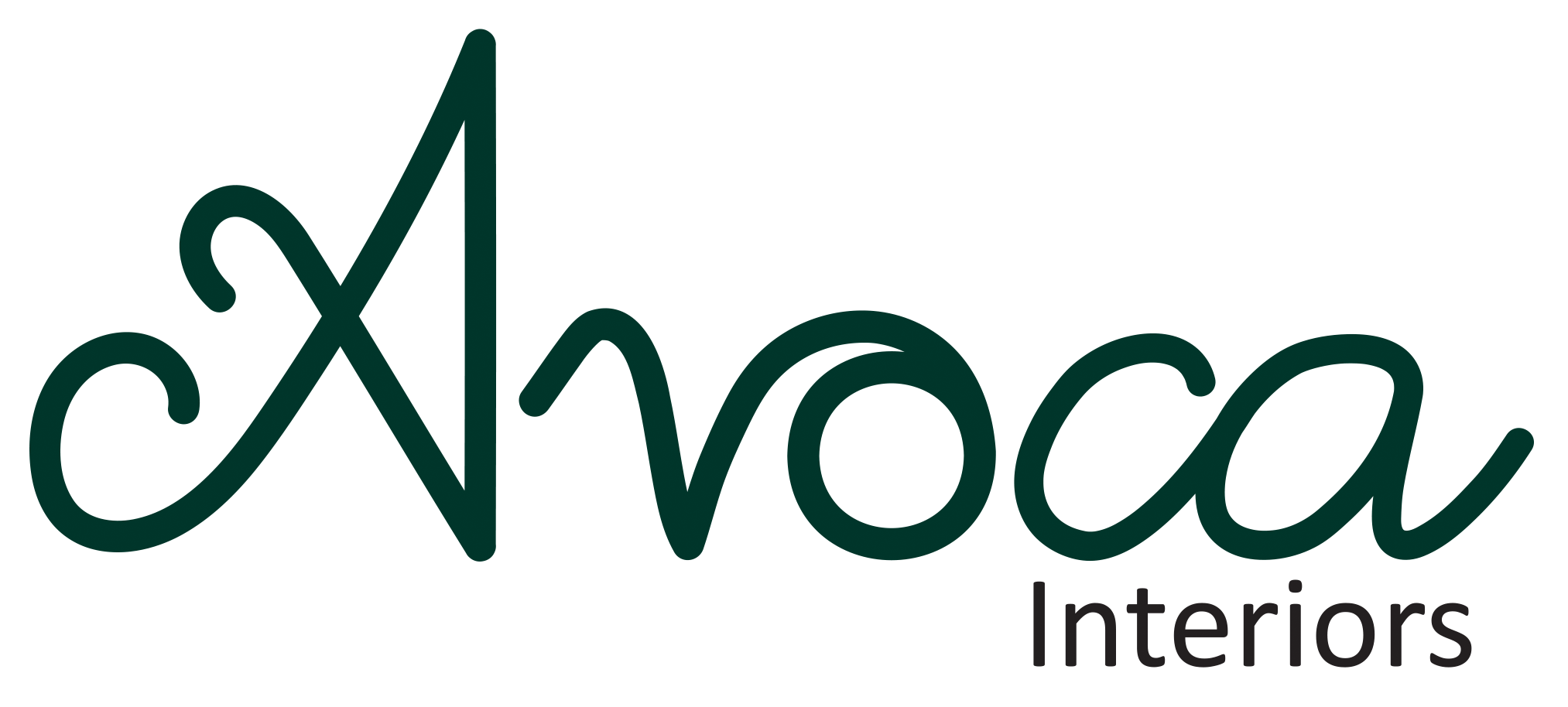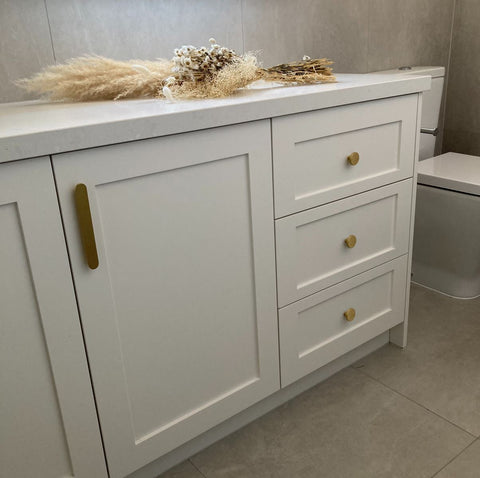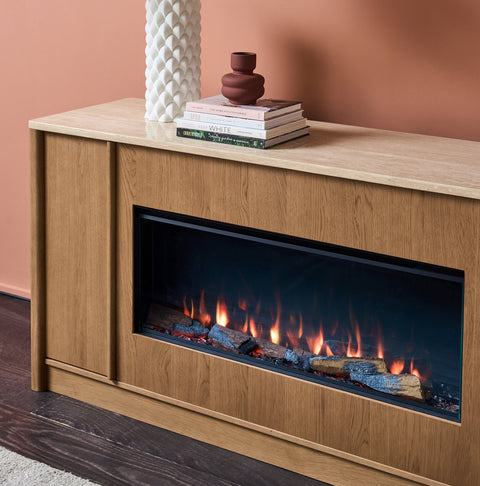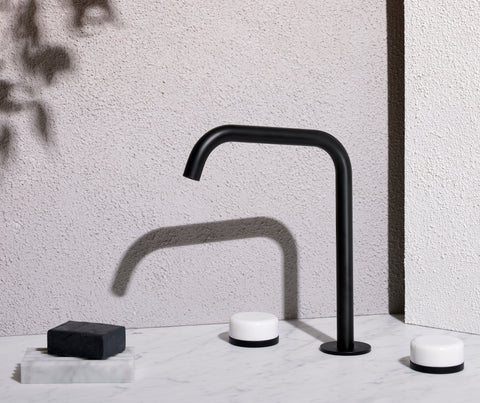Choosing the right cabinet handle is only half the equation - where you place it can dramatically influence the look and usability of your space. Whether you're designing a new kitchen or updating your bathroom cabinetry, the door profile plays a crucial role in determining the best hardware placement.
In this blog, we explore cabinet handle types such as cup pulls, D handles, lip pulls, and knobs, and how they suit popular cabinet profiles like shaker (thin and thick) and textured doors.
1. Shaker Cabinets: The Timeless Favourite
Shaker cabinetry, with its simple and symmetrical recessed panels, is a versatile foundation for many interior styles. The width of the shaker frame is a key factor when choosing and positioning handles.
Thin Shaker Profiles
Best handle types:
Slim D handles
Classic knobs
Compact lip pulls
Placement Tips:
For cabinet doors, knobs should be placed 50 - 70mm from the bottom/top edge, centred on the stile (vertical frame).
For drawers, D handles are best positioned horizontally, centred on the top rail or along the middle.
Lip pulls can be top-mounted on drawers or side-mounted on doors for a minimal, contemporary look.
Thick Shaker Profiles
Best handle types:
Sturdy cup pulls
Bold D handles
Oversized knobs
Placement Tips:
Cup pulls work well on drawers - either centred or mounted along the top edge of the drawer front for a more traditional aesthetic.
For cabinet doors, D handles should be mounted 60 - 75mm from the edge, ensuring they sit comfortably on the frame without impeding the recessed panel.
2. Textured Cabinet Doors: Adding Depth and Detail
Textured cabinets - like fluted, ribbed, reeded, or natural woodgrain - bring depth and visual interest to your space. However, placing handles on these surfaces requires thoughtful planning to preserve both form and function.
Best handle types:
T-bar handles
Knobs with backplates
Floating lip pulls
Edge pulls (top or side mounted)
Placement Tips:
If the door includes a smooth frame or stile:
Mount the handle on the flat area, avoiding raised or grooved textures.
If the entire door is textured with no flat section:
Mount into the texture carefully, ensuring the handle sits flush and secure.
Use backplates to create a smooth surface for the handle base, distributing pressure and preventing damage to raised grooves.
For vertical handles, align the fixings with the centre of one of the texture’s repeating patterns (e.g. in the middle of a rib), so it appears intentional and balanced.
Lip pulls or edge pulls mounted on the door edge (top or side) are a popular workaround for fully textured fronts - they preserve the texture and offer a clean, handle-free look from the front.
Pro Tip:
Always pre-drill pilot holes and use spacers or rubber washers if the texture is uneven, to avoid cracking or stressing the cabinet material.
General Handle Placement Guidelines
Regardless of cabinet profile, here are a few rules of thumb:
Doors (vertical):
Mount handles 60 - 75mm from the opening edge.
Vertical orientation works best for tall cupboards.
Drawers (horizontal):
Handles can be centred for a classic look or placed in the upper third for a modern aesthetic.
For wide drawers, consider double handles for symmetry and balance.
Symmetry matters:
Ensure consistent spacing and alignment across all cabinetry.
Use jigs or measuring tools to streamline installation.
Style Meets Practicality
The right handle placement enhances not only the design but also the usability of your cabinetry. Whether you're working with a modern ribbed cabinet or a timeless shaker door, understanding how handle styles interact with different door profiles ensures your finished space feels both beautiful and functional.
At Avoca Interiors, we offer a curated range of cabinet handles - including cup pulls, D handles, lip pulls, and more - to suit every style and profile.




Comments (0)
There are no comments for this article. Be the first one to leave a message!